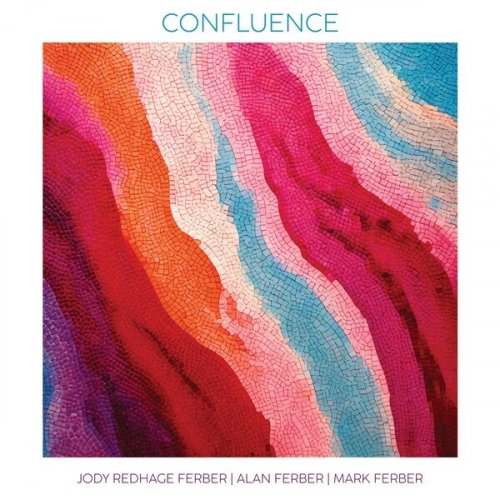Jennifer Pike - Jennifer Pike Plays Franck, Debussy & Ravel (2011) [Hi-Res]
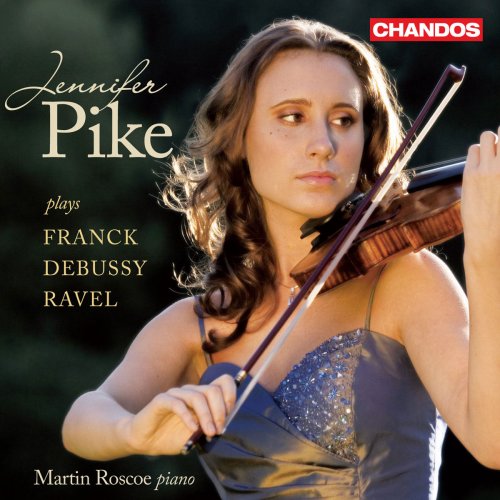
Artist: Jennifer Pike, Martin Roscoe
Title: Jennifer Pike Plays Franck, Debussy & Ravel
Year Of Release: 2011
Label: Chandos
Genre: Classical
Quality: FLAC (tracks, booklet) [96kHz/24bit]
Total Time: 1:00:03
Total Size: 963 MB
WebSite: Album Preview
Tracklist:Title: Jennifer Pike Plays Franck, Debussy & Ravel
Year Of Release: 2011
Label: Chandos
Genre: Classical
Quality: FLAC (tracks, booklet) [96kHz/24bit]
Total Time: 1:00:03
Total Size: 963 MB
WebSite: Album Preview
Achille-Claude Debussy (1862 –1918)
Sonata In G Minor For Violin And Piano
01 I Allegro Vivo 4:47
02 II Intermède. Fantastique Et Léger 4:13
03 III Finale. Très Animé 4:25
Maurice Ravel (1875 –1937)
Sonata In G Major For Violin And Piano
04 I Allegretto - Andante - Rallentando 8:33
05 II Blues. Moderato 5:40
06 III Perpetuum Mobile. Allegro 3:56
César Franck (1822 –1890)
Sonata, M 8 In A Major For Violin And Piano
07 1 Allegretto Ben Moderato 6:13
08 2 Allegro - Quasi Lento - Tempo I. Allegro - Poco Più Lento 8:16
09 3 Recitativo - Fantasia. Ben Moderato - Molto Lento - A Tempo. Ben Moderato - [ ] - A Tempo. Moderato - Molto Lento E Mesto 7:28
10 4 Allegretto Poco Mosso 6:29
Jennifer Pike, an exclusive Chandos artist and one of the brightest up-and-coming stars on the musical scene today, named BBC Young Musician of the Year in 2002, here performs some of the greatest violin music in the repertoire. On her first recital recording for Chandos, she partners the distinguished pianist Martin Roscoe, and together they superbly capture the Gaelic qualities of the violin sonatas by Franck, Debussy, and Ravel.
The Violin Sonata in A by César Franck was written in 1886 as a wedding present for the great violinist Eugène Ysaÿe. Sensuous, yet spiritual and serene, this is a triumphant example of cyclic form in four movements: a languid Allegretto, a fiery Allegro, a Recitativo-Fantasia recalling earlier themes, and a gentle finale which is one of the finest examples of a canon written after Bach. The 1886 premiere took place in an art gallery in Brussels, in a room so dark that Ysaÿe was forced to play the sonata largely from memory.
Debussy’s Violin Sonata was the third and last of a projected set of six sonatas for various instruments that Debussy embarked on in 1915, three years before his death. This work is very different from those of Franck and Ravel in terms of the freedom and fantasy that are expressed in its ideas and structure. It may have been inspired by a gypsy fiddler that Debussy heard on a visit to Budapest, indeed the violin writing in the central movement incorporates a number of ‘gypsy’ traits: trills, slides, and sudden bursts of excitement. This movement presents seventeen different speed indications in a mere six pages, which highlights Debussy’s strong desire to write music that ‘sounds as if it’s not written down’.
The Violin Sonata was Ravel’s final chamber work, combining the influence of blues with an austere beauty. In the late 1890s, the young Ravel had written one movement of a violin sonata, but it wasn’t until the 1920s that he completed the work. He worked on the basic premise that the two instruments, violin and piano, being incompatible, should be made as independent from each other as possible, without risking the collapse of the structure. The deliberate lack of relationship between the instruments tested the ears of the critics, and when Ravel took the sonata on his North American tour in 1928, they did not approve – though the work was very well received by its audiences!
The Violin Sonata in A by César Franck was written in 1886 as a wedding present for the great violinist Eugène Ysaÿe. Sensuous, yet spiritual and serene, this is a triumphant example of cyclic form in four movements: a languid Allegretto, a fiery Allegro, a Recitativo-Fantasia recalling earlier themes, and a gentle finale which is one of the finest examples of a canon written after Bach. The 1886 premiere took place in an art gallery in Brussels, in a room so dark that Ysaÿe was forced to play the sonata largely from memory.
Debussy’s Violin Sonata was the third and last of a projected set of six sonatas for various instruments that Debussy embarked on in 1915, three years before his death. This work is very different from those of Franck and Ravel in terms of the freedom and fantasy that are expressed in its ideas and structure. It may have been inspired by a gypsy fiddler that Debussy heard on a visit to Budapest, indeed the violin writing in the central movement incorporates a number of ‘gypsy’ traits: trills, slides, and sudden bursts of excitement. This movement presents seventeen different speed indications in a mere six pages, which highlights Debussy’s strong desire to write music that ‘sounds as if it’s not written down’.
The Violin Sonata was Ravel’s final chamber work, combining the influence of blues with an austere beauty. In the late 1890s, the young Ravel had written one movement of a violin sonata, but it wasn’t until the 1920s that he completed the work. He worked on the basic premise that the two instruments, violin and piano, being incompatible, should be made as independent from each other as possible, without risking the collapse of the structure. The deliberate lack of relationship between the instruments tested the ears of the critics, and when Ravel took the sonata on his North American tour in 1928, they did not approve – though the work was very well received by its audiences!
![The Mood Mosaic - Soul Seduction (2025) [Hi-Res] The Mood Mosaic - Soul Seduction (2025) [Hi-Res]](https://www.dibpic.com/uploads/posts/2025-12/1766135288_d5rmbmuwqtmya_600.jpg)
![Brad Keeghan - Brad Keeghan (2025) [Hi-Res] Brad Keeghan - Brad Keeghan (2025) [Hi-Res]](https://www.dibpic.com/uploads/posts/2025-12/1766078373_cover.jpg)
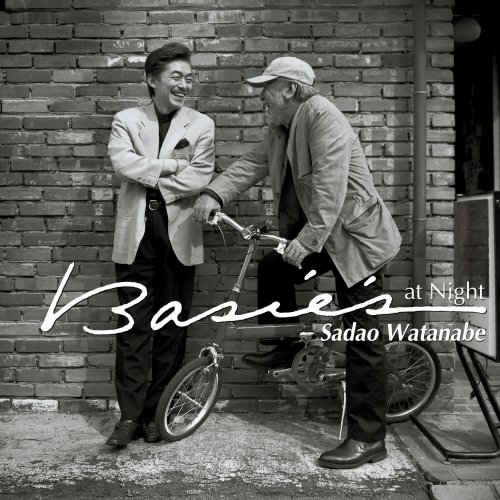
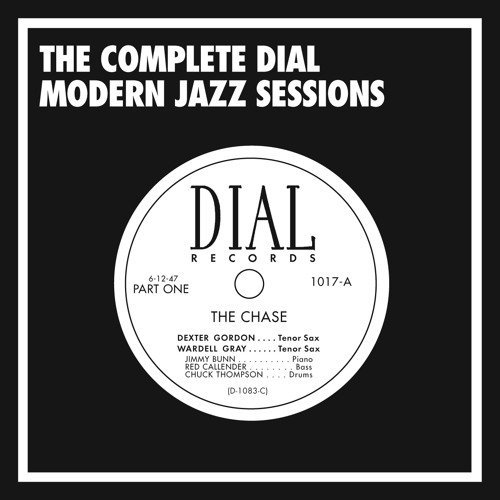
![Paul Mauriat - Après toi (1972) [Hi-Res] Paul Mauriat - Après toi (1972) [Hi-Res]](https://img.israbox.com/img/2025-12/19/7apc8ramq91sp9mgfuj4lcflg.jpg)
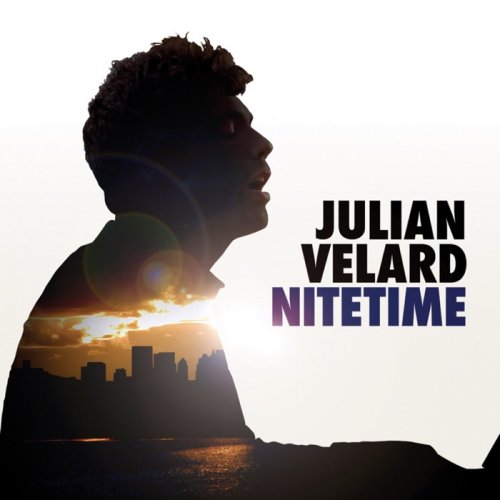
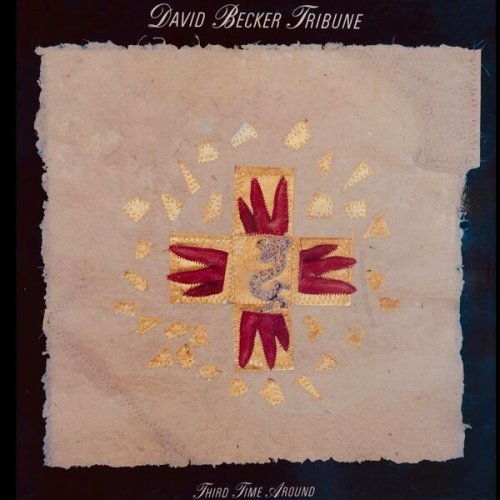
![Rachel Kitchlew, SFJ - Flirty Ghost (2025) [Hi-Res] Rachel Kitchlew, SFJ - Flirty Ghost (2025) [Hi-Res]](https://www.dibpic.com/uploads/posts/2025-12/1765896408_qvf41hr1ljj8a_600.jpg)
